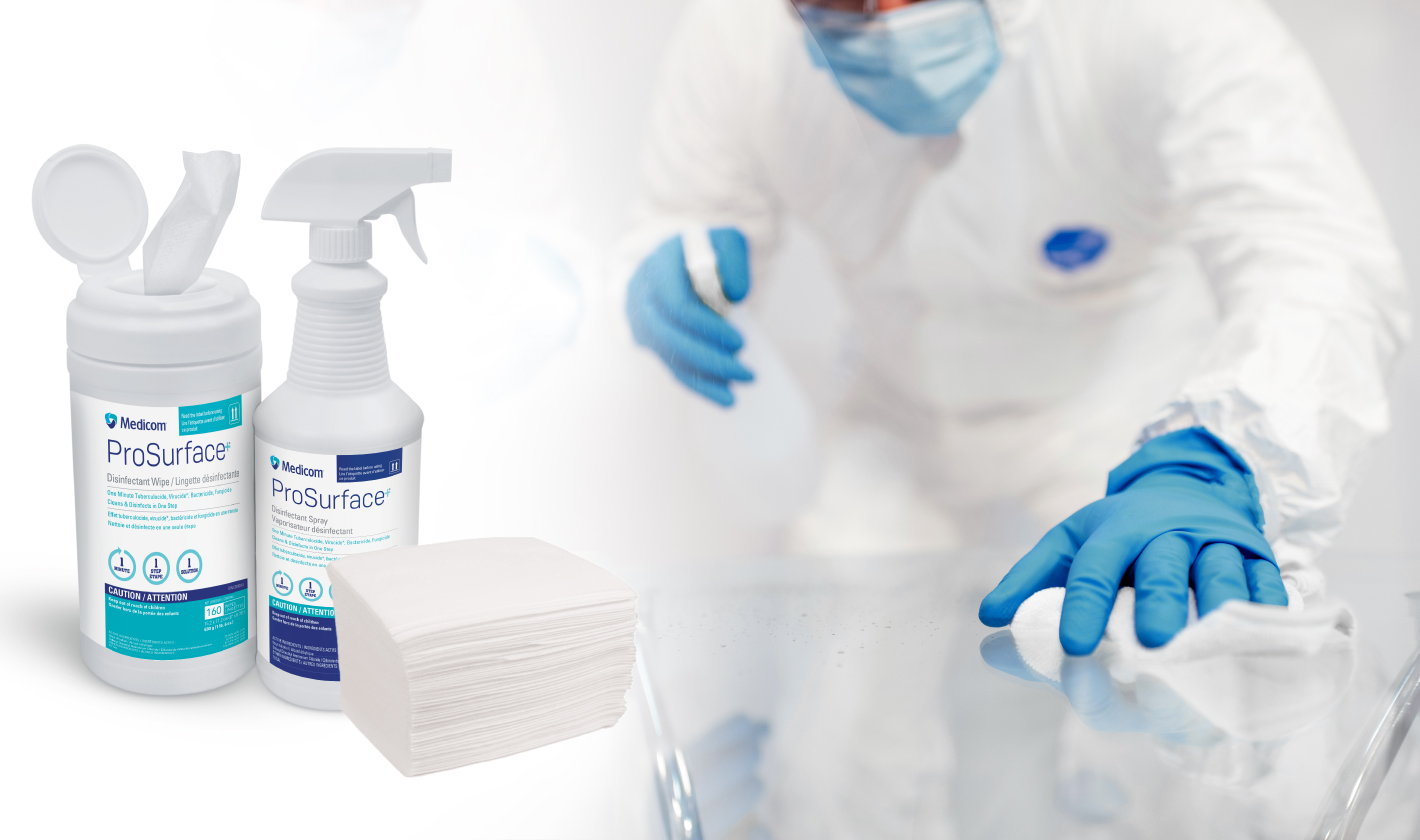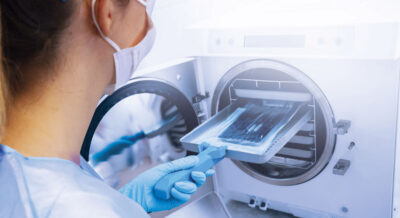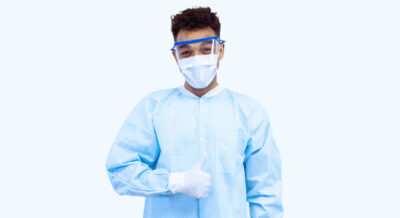Despite large portions of the population now being vaccinated against Covid-19, health experts warn against easing up too soon on the hygiene measures intended to prevent further spread of the virus and particularly, the highly transmissible Delta variant. This means remaining vigilant about surface disinfection.
When it comes to disinfecting the surfaces in your practice, selecting the right surface disinfectant is essential to your safety and that of your patients and staff.
All Disinfectants Are Not Created Equal
| While some disinfectant formulations are more effective against viruses like influenza and the common cold, some are effective against bacteria commonly found in and around food preparation areas and others are considered high-level disinfectants that are effective against antibiotic-resistant organisms for the healthcare market. That is why it is important to select the right disinfectant formulation for your environment. |
|
Choosing a surface disinfectant for your practice
In the U.S., the Environmental Protection Agency (EPA) regulates low and intermediate-level disinfectants while the Food and Drug Administration (FDA) regulates liquid chemical sterilants and high-level disinfectants. In Canada, Health Canada regulates all surface disinfectants. All three regulatory bodies require that the manufacturer provide specific information directly on the product label. This means that the best place to start assessing a surface disinfectant is on its label when considering the following selection criteria:
1. Kill claims
| When disinfecting healthcare environments such as dental offices, the scope of a product’s kill claims is extremely important. Disease-causing pathogens, both airborne and bloodborne, can attach to surfaces where they can make contact with a human host. While some surface disinfectants are effective at killing specific bacteria or viruses or combinations of bacteria and viruses, it is important to use a broad-spectrum surface disinfectant that kills as many pathogens as possible in all categories, including drug-resistant bacteria, encapsulated bacteria, gram-positive and gram-negative bacteria, pathogenic fungi and large and small and enveloped and non-enveloped viruses. |
|
Today, as we continue to contend with the COVID-19 pandemic, it is also important to choose a surface disinfectant whose efficacy against this particular virus is supported by evidence.1
In the U.S., the Environmental Protection Agency (EPA) released an expanded list of registered disinfectant products qualified for use against COVID-19 in March 2020. While the products on the list have not been specifically tested against SARS-CoV-2, they are expected to be effective against it because they have been tested and proven effective on either a harder to kill virus or against another human coronavirus similar to SARS-CoV-2.2
In Canada, Health Canada developed a similar list of Disinfectants for Use Against SARS-CoV-2 (COVID-19) whose likely effectiveness against the coronavirus is supported by evidence.3 To find out if a product is on Health Canada’s list, simply locate the Drug Identification Number (DIN) on the disinfectant product label and look for that number on the list.
Today, as we continue to contend with the COVID-19 pandemic, it is also important to choose a surface disinfectant whose efficacy against this particular virus is supported by evidence.1
In the U.S., the Environmental Protection Agency (EPA) released an expanded list of registered disinfectant products qualified for use against COVID-19 in March 2020. While the products on the list have not been specifically tested against SARS-CoV-2, they are expected to be effective against it because they have been tested and proven effective on either a harder to kill virus or against another human coronavirus similar to SARS-CoV-2.2
In Canada, Health Canada developed a similar list of Disinfectants for Use Against SARS-CoV-2 (COVID-19) whose likely effectiveness against the coronavirus is supported by evidence.3 To find out if a product is on Health Canada’s list, simply locate the Drug Identification Number (DIN) on the disinfectant product label and look for that number on the list.
2. Kill Time and Contact Time
Once you have ensured that a product kills the pathogens that you need to eliminate, an important consideration is how long it takes to do so. In a busy dental practice, every minute counts. How can you maximize patient and staff safety while minimizing room turnover time?
That’s where a surface disinfectant’s kill time and contact time come in. Kill time is the time the product takes to kill an individual pathogen or group of pathogens. Contact time is the time it takes the product to kill all the pathogens listed on its label.
Example:A product that kills most pathogens in 1 minute but requires 5 minutes to kill a single pathogen has a 5-minute product contact time. This means that it must remain wet on a surface for a full 5 minutes to kill all the pathogens listed on its label. |
It is important to note that some products list a contact time for cleaning, but require a longer contact time for disinfecting, and an even longer contact time for killing viruses versus bacteria. It is important to note the actual contact time required by the product you choose because this will determine how much time you need to turn the room over between patients.
Another important consideration is drying time. Surfaces must be allowed to dry before being covered with barrier wraps and before setting up a room. Therefore, it is important to factor in a product’s drying time, in addition to its kill time or contact time, in calculating the time necessary for room turnovers.
3. Product safety
While a surface disinfectant must contain certain ingredients to effectively kill its targeted pathogens, it also has to be safe for both patients and the staff who use it. Dental professionals should follow manufacturer instructions and review the Manufacturer Safety Data Sheet (formerly known as the Material Safety Data Sheet) regarding how to safely handle hazardous chemicals.
Some of the primary safety considerations for any formulation include:
- Does the product have an acceptable toxicity rating?
- Does the product have a strong odor or overpowering fragrance?
- Does the product have an acceptable flammability rating?
- Is personal protection equipment required when using it?

4. Surface Compatibility
When considering a surface disinfectant, it is important to choose a formulation that is compatible with most of the hard, non-porous surfaces in your practice. In other words, you want to choose a formulation that does not contain a substance that could leave a residue, discolour or etch the surfaces being treated.

5. Ease of Use
Ease of use is another criterion when seeking to maximize patient and staff safety while minimizing room turnover time. When considering a specific surface disinfection, consider the following:
- Is the product ready to use or does it require mixing/preparation?
- Does the product come in convenient formats like wipes and spray?
- Does the product clean and disinfect in a single step, or are multiple steps required?
Why choose Medicom ProSurface disinfectant spray?
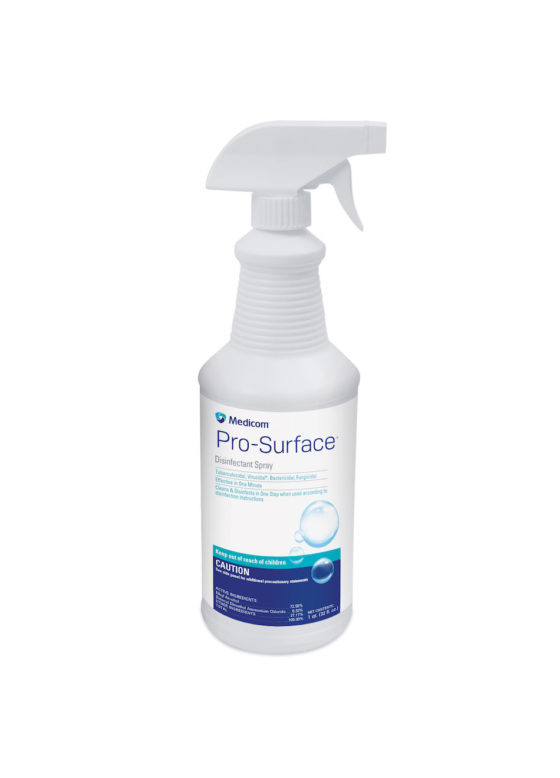 |
When you consider all of the selection criteria above, Medicom ProSurface disinfectant spray, with proprietary TotalClean™ technology, is the clear winner for surface disinfection in a dental practice:
|
Importance of correct usageAccording to the Centers for Disease Control and Prevention (CDC), “Cleaning is the necessary first step of any disinfection process. Cleaning removes organic matter, salts, and visible soils, all of which interfere with microbial inactivation. The physical action of scrubbing with detergents and surfactants and rinsing with water removes substantial numbers of microorganisms. If a surface is not cleaned first, the success of the disinfection process can be compromised. Removal of all visible blood and inorganic and organic matter can be as critical as the germicidal activity of the disinfecting agent.” Once the surface has been cleaned, it can be disinfected. However, it is important to remember that even the best surface disinfectant only works when used correctly, as per the manufacturer’s directions. |
|
The Medicom Disinfectant Portfolio
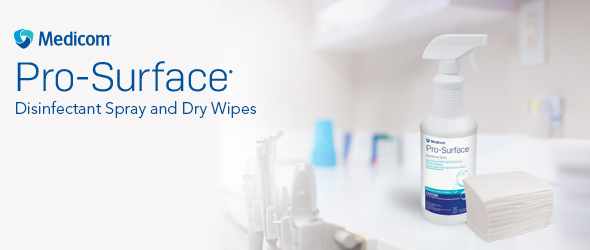
For best results, use Medicom ProSurface disinfectant spray with Medicom ProSurface dry wipes.
To learn more about ProSurface disinfectant spray and wipes, Medicom’s medical mask expertise and our complete portfolio of infection control products and personal protective equipment, please visit Medicom.com.
References
https://www.canada.ca/en/health-canada/services/drugs-health-products/disinfectants/covid-19/list.html
https://www.dentistrytoday.com/news/industrynews/item/6136-epa-expands-covid-19-disinfectant-list
https://www.canada.ca/en/public-health/services/diseases/2019-novel-coronavirus-infection/prevention-risks/cleaning-disinfecting.html
https://www.cdc.gov/oralhealth/infectioncontrol/faqs/cleaning-disinfecting-environmental-surfaces.html



 English (US)
English (US)